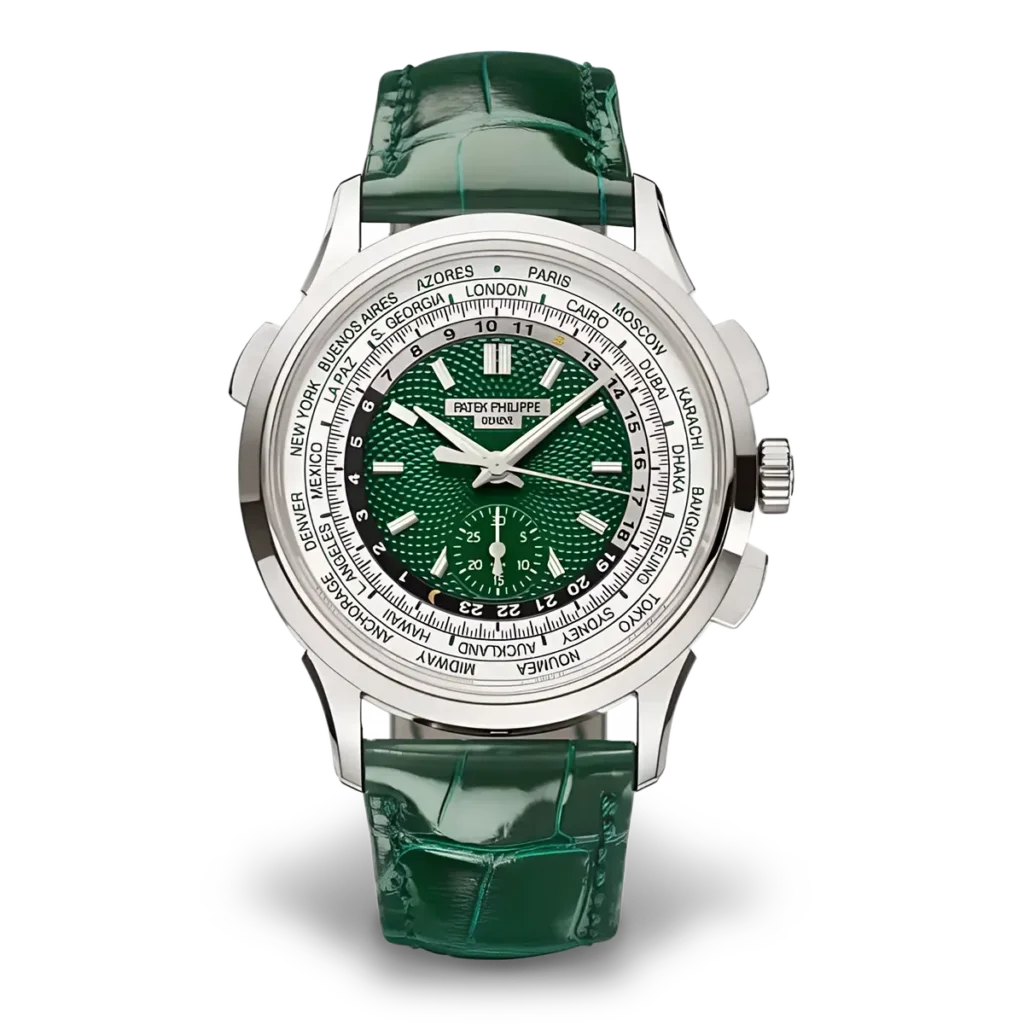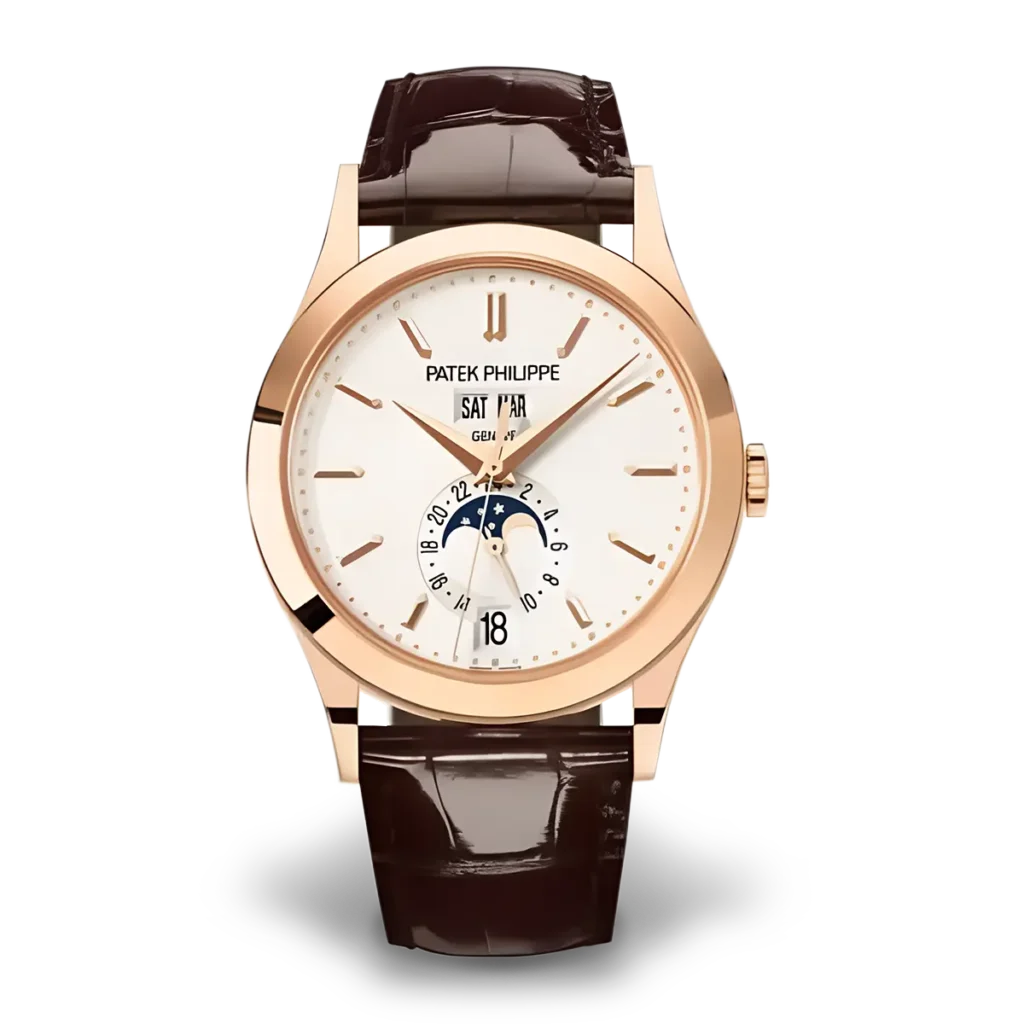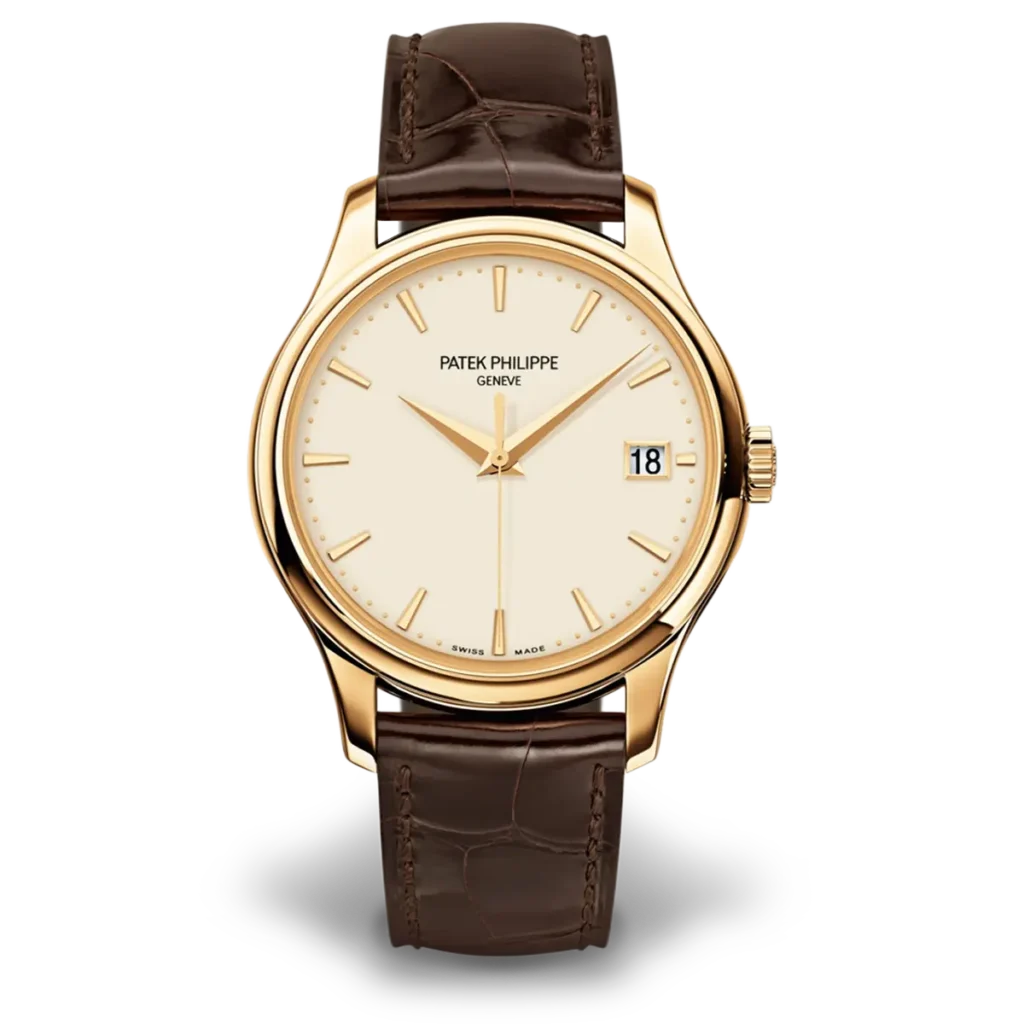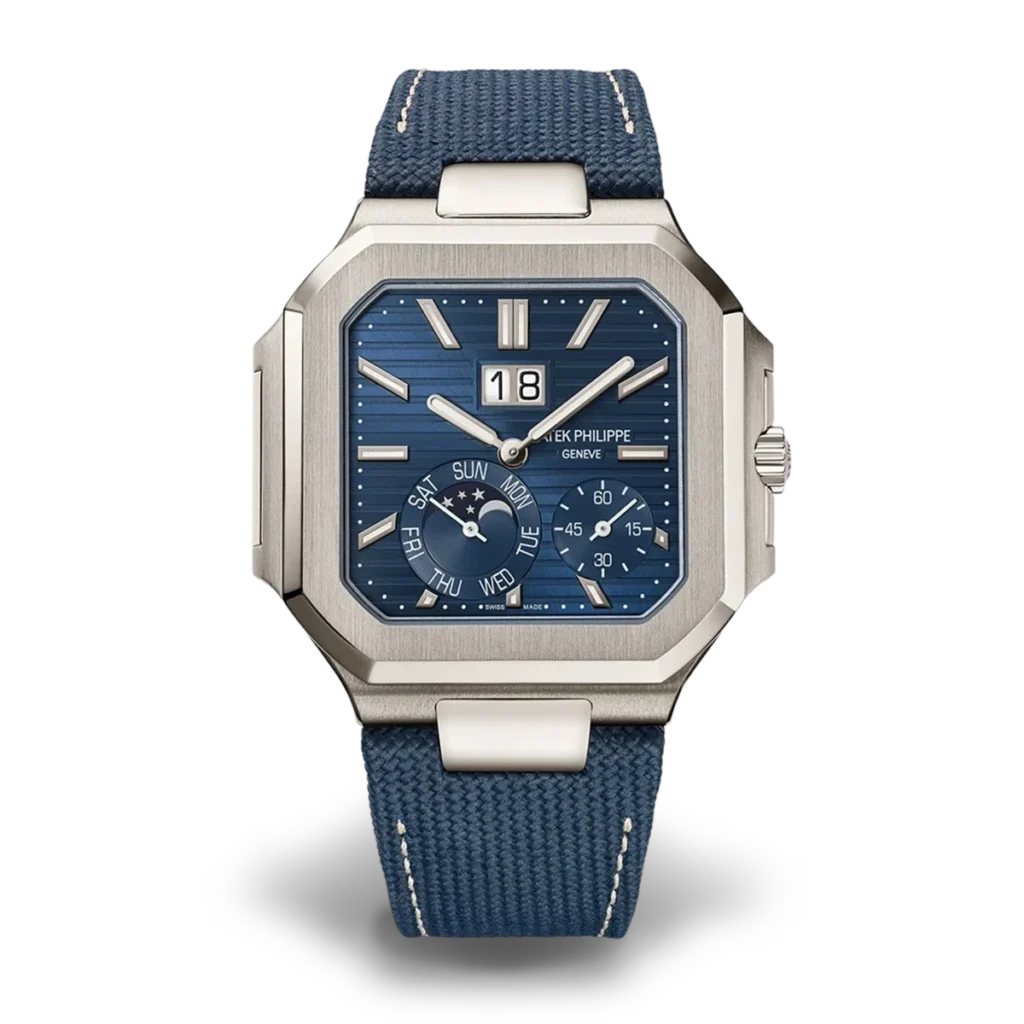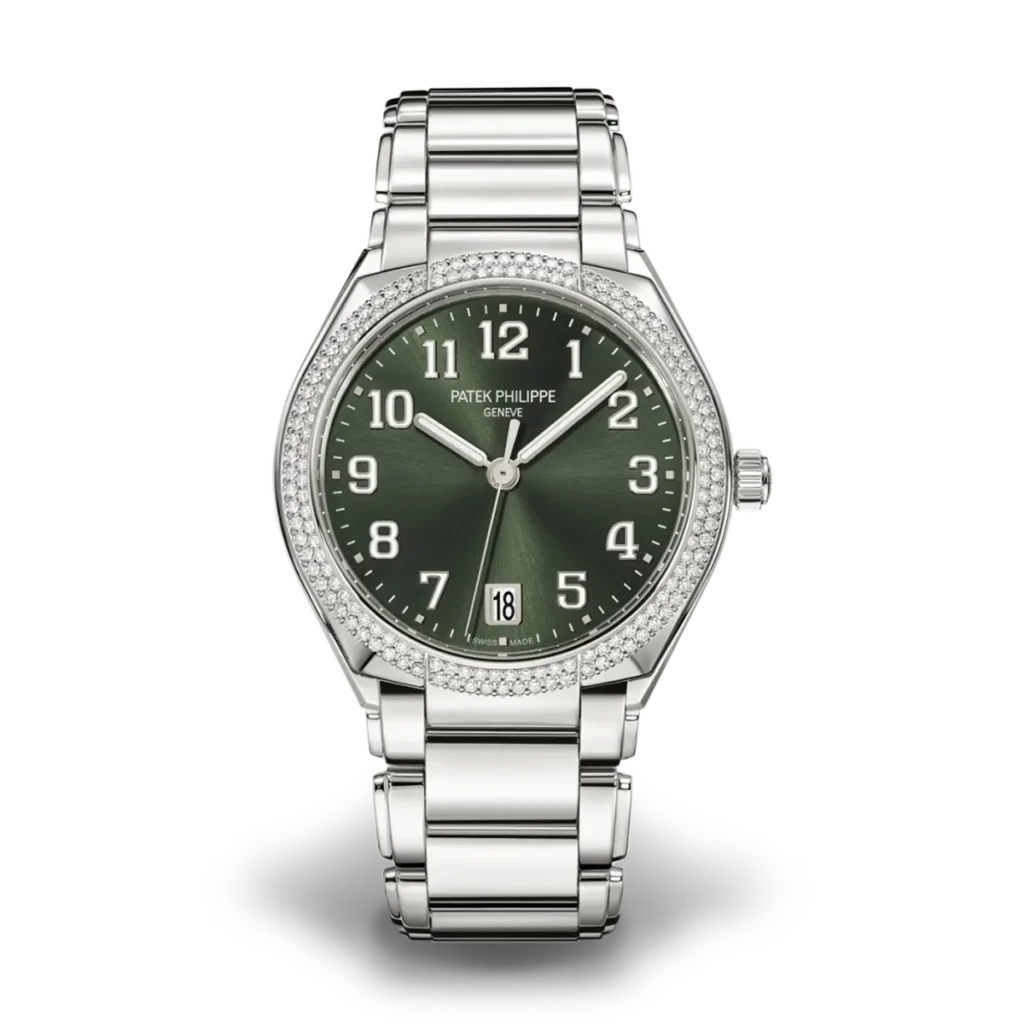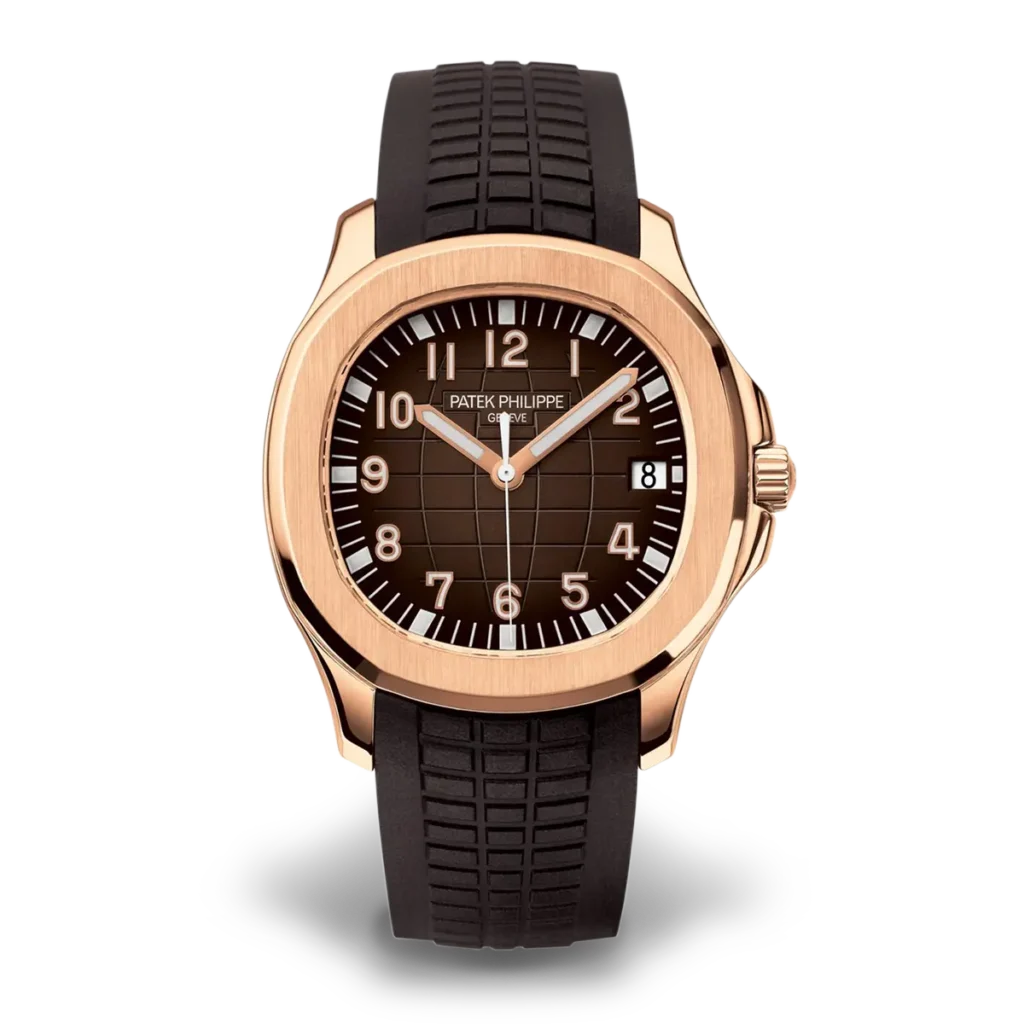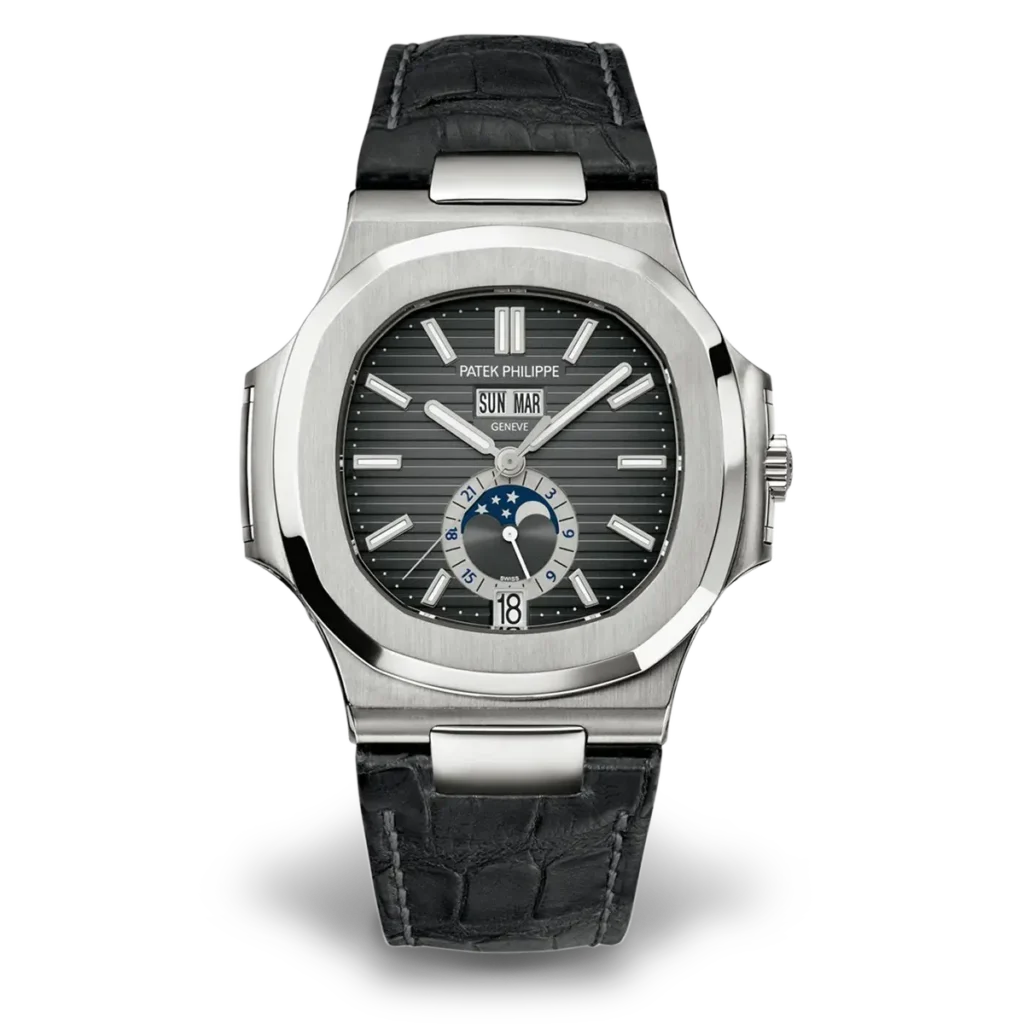Experience Timeless Elegance with the Nautilus 5980 Luxury Watch
Patek Philippe Nautilus 5980 Watch Review
Back in 2006, when the 5980 joined the Nautilus family along with references 5711 and 5712, Patek Philippe’s worldwide dealers didn’t get excited. The new chronograph variant was a welcome addition, but it didn’t make the same waves as the triple complication model did.
The 5980 introduced a completely new in-house chronograph movement with a large 21k gold central rotor that winds the movement and a four-arm Gyromax balance.
Chronograph
The Patek Philippe Nautilus line is undoubtedly the most famous luxury sports watch in the world. In a market that is filled with overly complication watches, this iconic model stands out for its streamlined design and timeless elegance.
The 5980 Chronograph is the first chronograph in the Nautilus lineup to be designed and produced in-house by Patek. It debuted in 2006, the same year that the Nautilus lineup was reinvigorated with the new caliber CH 28-520 C automatic chronograph movement.
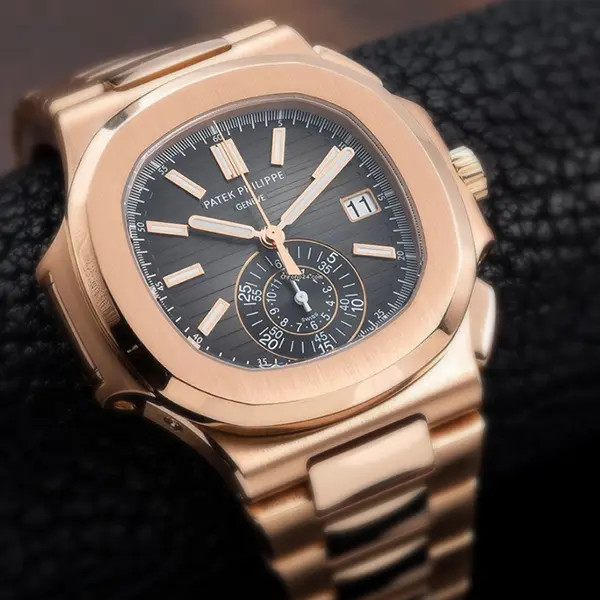
The chronograph features a monocounter dial at 6 o’clock that records minutes around an outer circle and hours on an inner track. This simple layout preserves the symmetry of the original Gerald Genta model and avoids the crowded assortment of subdials that plague most chronographs.
Case
The case of the 5980 is more brawny than that of the 5711. It’s a larger watch as well and this makes for a more prominent wrist presence. But that doesn’t mean it’s any less sleek and sophisticated than other Patek Philippe Nautilus watches. These two aftermarket versions of the 5980 are both covered in diamonds and they really pop on the wrist.
When the 5980 was first introduced, it wasn’t met with a lot of hype. There was simply a sense of reassurance that Patek was continuing its legacy and that the Nautilus would continue to be a staple of contemporary horology for decades to come. The 5980 is the most evolved version of the Nautilus and it represents an uncompromising blend of luxury and robustness.
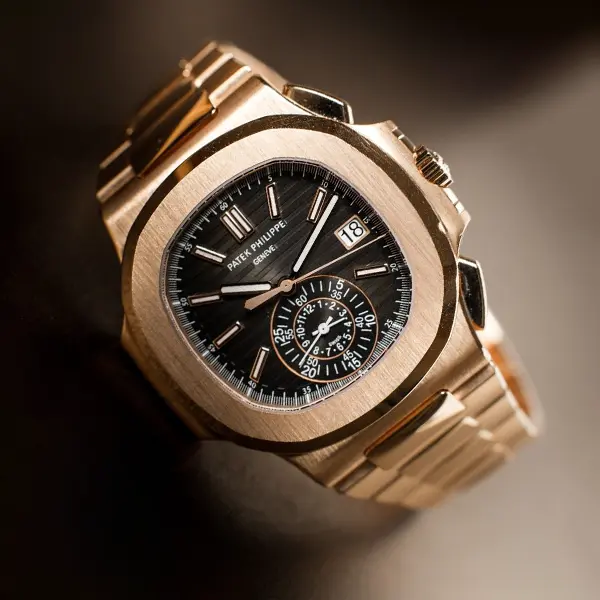
Bracelet
The bracelet is the most visible part of a watch and should be made of a material that matches the case. It should also be well suited to the wearer’s lifestyle and fashion sense. While a diamond tennis bracelet may not suit someone who prefers to wear casual jewelry, a fun charm bracelet could be the perfect choice.
Rubber B conceived and introduced the first-ever integrated straps and clasps in 2010. This design provides a fixed, rotation-free mount to the case and micro-calibrated precision. This green strap is made in Switzerland of pure vulcanized rubber with no coatings, blends or bonding. It is FDA and BVGG compliant, ensuring strength and resiliency. This strap is not compatible with the Steel and Gold bracelet versions of this model.
Dial
With its sleek lines and stainless steel bracelet, the Nautilus 5980 offers both strength and a contemporary look. Its integrated bracelet seamlessly integrates into the case, demonstrating a harmonious blend of luxury and robustness. The diamond design setting carries into the bracelet for striking contrast. The 5711 features baguette diamonds, while the 5980 uses a strategic combination of round brilliant diamonds.

In a world full of hype watches, the Patek Philippe Nautilus has earned a place as one of the most desirable wristwatches in history. Although the 5980 chronograph didn’t create the same shock waves as the 5711, it was still a highly desirable watch. This is partly because the chronograph complication gives the Nautilus a unique quirkiness that simple time and date models lack.
Movement
Aside from being one of the thinnest sports chronographs ever made, the 5980 packs a punch of features that will please collectors. For example, the need to have chronograph pushers at the 2 and 4 o’clock positions were addressed without alienating the classic Nautilus design. By using two uniquely designed flat pushers instead of a standard round ones, Patek Philippe was able to preserve the look of the iconic model.
Inside is a movement entirely crafted in-house by Patek Philippe. The Caliber CH 28-520 C features a giant 21k gold central rotor that winds the movement, a Breguet balance spring, and four-arm Gyromax balance. This mechanism is rhodium-plated and embellished with the coveted Seal of Geneva quality mark. It also boasts a 55-hour power reserve, and is self-compensating to counter the effects of shock on timing precision.

